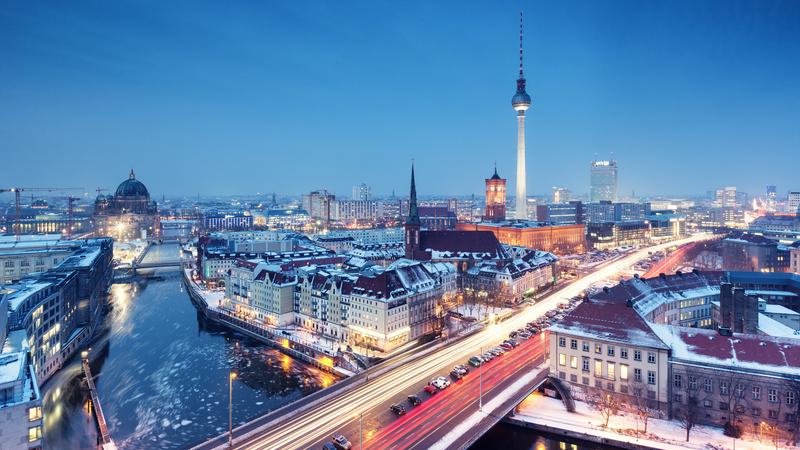Amazing Facts About Berlin
By | December 7, 2022

It's An Old City
Berlin is currently the capital of Germany, but no one quite knows when it was first settled. There is evidence of some buildings existing there as far back as the late 1100s, but there's no actual written record of the city of Berlin until the 1240s. It didn't become a capital city until 1701, when Prussian King Frederick I declared it so and built the Charlottenburg Palace. Either way, the city has seen its fair share of history and been a center point of German culture for the greater part of the millennium.
They Love Their Beer
Munich may be better known for its love of beer due to its annual celebration of Oktoberfest, but throughout much of the 20th century, Berlin was the premier beer producer in all of Europe, with more than 100 active breweries.
So Many Museums
Berlin currently has an impressive 180 active museum spaces and boasts the largest open-air gallery on the planet, the East Side Gallery, which runs nearly a mile in length. In fact, there is a whole "Museum Island," which holds the city's oldest museum, the Königliches Museum, and has been deemed a UNESCO World Heritage Site due to its architectural and cultural legacy.

It's Seen War
Many cities in Europe were ravaged by the World Wars, but Berlin holds a special place in history, as the Battle of Berlin is often regarded as the true end of the Nazi regime. Hitler had escaped to a bunker in Berlin in January 1945, believing until the very end that it would never fall out of Nazi control, but the United States and United Kingdom bombed the city throughout the spring and the Soviet Army battled its way on the ground through Germany to finally begin shelling Berlin on April 20. What was left of the German forces was too meager to fend off their encroachment, though Hitler did put in a last-ditch effort, famously sending out the Hitler Youth, filled with boys as young as 14, to face the Soviet army. After 10 brutal days, during which 130,000 people were killed, Hitler finally saw the writing on the wall and ended his own life on April 30. The commanding general surrendered to the Soviets a few days later.

It Got Split In Two
After the war, control of Germany was split up between Allied forces, giving the Soviets the most eastern portion and the United States, the United Kingdom, and France areas of the west, including West Berlin. However, tensions rose throughout the following years as the ideological rift between Western capitalists and Eastern socialists began to threaten the Soviets, who devised a plan to squeeze the other nations' influence out of Berlin. They first set up a blockade to keep goods from entering the city, but the former Allied countries responded by air lifting supplies instead. By the 1960s, the area now known as the German Democratic Republic (or simply East Germany) had lost a concerning amount of its population to West Berlin, so they decided to build a wall and establish a closed border. This obviously caused a lot of issues for what had been a bustling city, and more than 100 people died attempting to illegally cross the wall. It wasn't until the end of the Cold War that the G.D.R. decided to end the divide, and the Berlin Wall fell on November 9, 1989.

